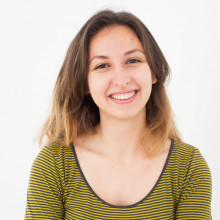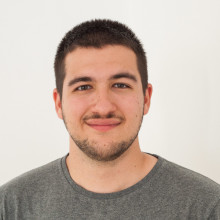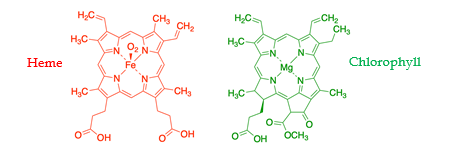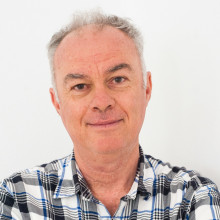




Education
- 1987, Bachelor in Naval engineering, Naval Academy Athens, Greece
- 2018, MSc, Material Science Dep., University of Crete, Greece
Career
- Since 2015 Polymer & Colloid Science Group,FORTH - IESL, Greece
Interests
- Arrested phases of soft matter
- Rheometry and structure of colloidal glasses, hydrogels, polymer melts
- Enhancement of conventional rheometric techniques
- High frequency oscillatory rheometry
To: 23/03/2022 14:00
Natural processes of photosynthesis have increasingly inspired the fabrication of nanostructured molecular materials with advanced light-harvesting and electron-transfer features. [1-4] In this context, supramolecular chemistry allows diverse and disparate molecular building blocks to be amalgamated into highly ordered architectures through the process of self-assembly. These mimic the key functions of the photosynthetic reaction center; light harvesting, charge separation, charge transport, energy transfer, and catalysis. [5,6] Porphyrinoids, the basic building block of chlorophylls, have emerged as an exceptional class of light harvesters and electron donors in such supramolecular electron donor-acceptor hybrids [7-10]. A variety of significant applications from solar cells, hydrogen production to medical applications have been reported.

References:
- M. R. Wasielewski, Chem. Rev., 1992, 92, 435-461.
- R. E. Blankenship, Molecular Mechanisms of Photosynthesis, Blackwell Science, Oxford, U.K., 2002.
- D. Gust, T. A. Moore and A. L. Moore, Acc. Chem. Res., 1993, 26, 198-205.
- T. Nakanishi, Supramolecular Soft Matter, Applications in Materials and Organic Electronics, 2011.
- D. M. Guldi, Chem. Soc. Rev., 2002, 31, 22-36.
- F. D’Souza, Handbook of Carbon Nanomaterials, Synthesis and Supramolecular Systems, 2011.
- M. K. Panda, K. Ladomenou, and A. G. Coutsolelos, Coord. Chem. Rev. 256, (2012), 2601-2627.
- K. Ladomenou, M. Natali, E. Iengo, F. Scandola, G. Charalampidis, A. G. Coutsolelos Coord. Chem. Rev., 304-305, 2015, 38-54.
- C. Stangel, C. Schubert, S. Kuhri, G. Rotas, J.T. Margraf, E. Regulska, T. Clark, T. Torres, N. Tagmatarchis, A. G. Coutsolelos, D. M. Guldi. Nanoscale 2015, 7, 2597-2608.
- V. Nikolaou, K. Ladomenou, G. Charalambidis, A. G. Coutsolelos, Coord. Chem. Rev. 306 (2016) 1–42.



